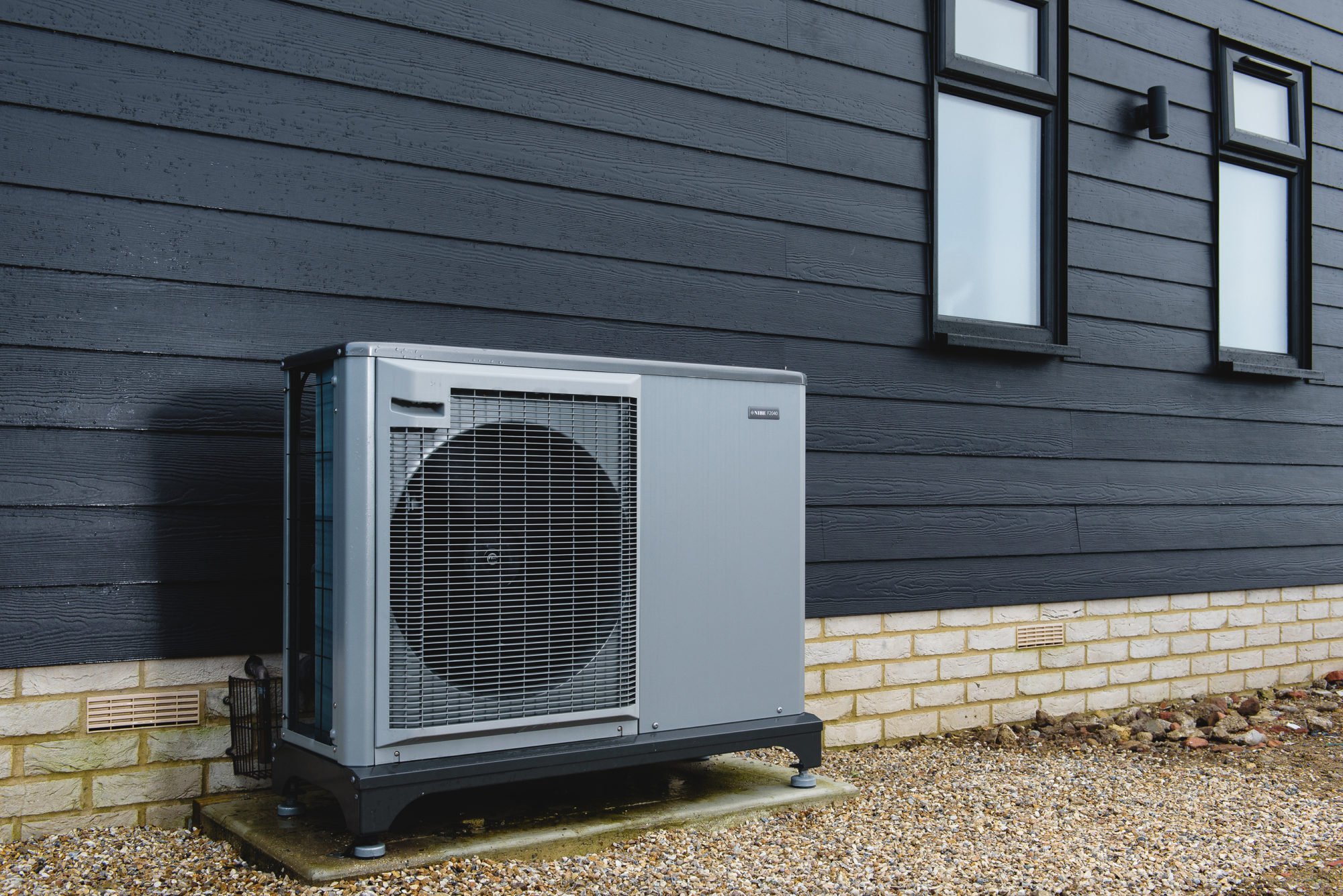
Heat Pumps
Imagine never having to worry about turning your heating controls down to save money and your home being constantly warm and comfortable. Imagine a heating system that uses renewable energy and requires no regular maintenance. Look no further than a heat pump installation.
A heat pump offers you so many benefits and as well as reducing the impact on the environment will save up to 60% on the running costs of your oil or LPG heating system.
A heat pump can completely change the way you live in and enjoy your home or business. A heat pump provides constant warmth and works by heating the fabric of the building and then simply topping up any heat loss.
An intelligent control system constantly monitors sensors inside and outside the property and modulates its own output into the building according to the varying temperatures it encounters.
As a result there is no need to pump massive amounts of heat quickly into the property in the morning and evening which can be very wasteful and inefficient. Instead a heat pump is designed to keep your home warm and inviting whatever conditions are outside and whatever the time of day.
Heat pumps have some impact on the environment as they need electricity to run, but the heat they extract from the ground, air, or water is constantly being renewed naturally.
BUS (BOILER UPGRADE SCHEME)
All our heat pump installations are assessed for eligibility for the BUS grant scheme which is a voucher for £7500 off the cost of your new heat pump installation. We can talk you through eligibility (which is NOT means tested), so call us now for more information on eligibility for this government run scheme. Heat Pump installation are zero rated for VAT for residential customers.
Air Source Heat Pumps:
Air source heat pumps absorb heat from the outside air which is used to heat radiators, underfloor heating systems and hot water systems.
An air source heat pump extracts heat from the outside air in the same way that a fridge extracts heat from its inside. It can get heat from the air even when the temperature is as low as -15° C.
The main advantage of air source heat pumps over ground source heat pumps is their lower installation cost. A ground source heat pump requires a network of underground coils that is used to extract heat from the ground. By comparison, air-source heat pumps extract the heat directly from the outside air and therefore avoid these potential problems.
Ground Source Heat Pumps:
Ground source heat pumps transfer stored thermal energy from the earth into water heating systems cleanly, efficiently and renewable.
They do require electricity to operate, but efficiently produce up to five times as much heat energy, for every unit of electricity they use and are available for a variety of buildings and heating requirements.
There are a number of different ways in which a ground source heat pump can be installed. The two main ways forms of installation are as follows:
Horizontal Ground Loop:
This is the simplest option and involves a pipe with a food friendly glycol/water mix buried at a depth of 1 metre. The pipe can either be laid straight or coiled in a “slinky” fashion to reduce the length of the trench. Horizontal collection systems are used where land is plentiful. They use lengths of pipe laid between 1-2 metres underground.
Bore Hole or Vertical Ground Loop:
Where there is minimal space a bore hole can be drilled and the pipe is lowered into the hole where it functions in exactly the same way as the horizontal loop. Bore hole systems use very little land as the pipes are fed in to the ground vertically to a depth of 50 – 200 metres

